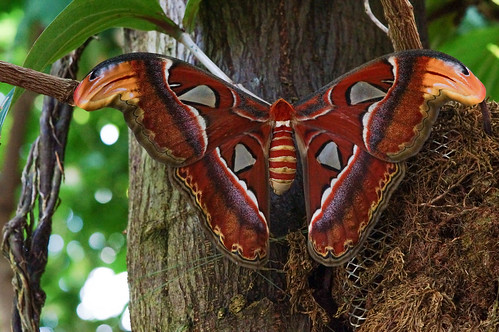Texas is home to a diverse array of moth species. With varied climates ranging from arid deserts to humid swamplands, the state offers suitable habitats for moths of many different types. Here is an overview of some of the most frequently encountered moths across the Lone Star State.
Prominent Moth Families in Texas
Several moth families stand out as particularly common across Texas. These include:
-
Noctuidae (owlet moths) With over 800 species found in North America owlet moths are some of the most diverse and widespread. In Texas genera like Peridroma, Agrotis, and Spodoptera are frequently observed.
-
Geometridae (geometer moths) Species like the common tan wave (Pleuroprucha insulsaria) and pink-washed aristotelia (Aristotelia roseosuffusella) grace gardens and woodlands
-
Erebidae (underwing moths): Brilliant contrasting colors on the hindwings make these moths unmistakable. Look for Catocala species like C. ilia and C. neogama.
-
Sphingidae (hawk moths): Large, swift moths like the Tersa sphinx (Xylophanes tersa) and walnut sphinx (Amorpha juglandis) nectar at flowers.
-
Pyralidae (snout moths): Abundant species like the garden webworm (Achyra rantalis) munch on crop plants.
-
Arctiidae (tiger moths): Furry species like the virgin tiger moth (Spilosoma virginica) are a common sight.
When and Where to Find Them
-
In south Texas, moths can be spotted year-round as winters are mild. Further north, most activity occurs between spring and fall.
-
Open grasslands, deserts, and scrublands host many nocturnal moth species.
-
Gardens, farms, and agricultural areas attract moths seeking food plants. Watch for pests on crops.
-
Near lights at night, where all manner of moths may congregate.
-
In wooded parks and preserves, moths blend into tree bark and foliage.
-
Near standing water; aquatic plants host webworms and leafcutters.
Host Plants and Habitats
Moths in their caterpillar stage rely on specific host plants. This determines where moth populations concentrate in Texas:
-
Oaks, maples, and other hardwoods host many species like Antheraea polyphemus and Catocala spp.
-
Crops like corn, cotton, and legumes attract cutworms, armyworms, and loopers.
-
Grasses and sedges support moths like Ascalapha odorata and Cisseps fulvicollis.
-
Trees like juniper and willow provide food for Eupithecia spp. and others.
-
Aquatic and wetland plants feed webworms and leafcutters.
-
Weeds like clovers and ragweeds attract moths that help control invasive plants.
Most Notable Species
A few standout moths really epitomize the diversity found across the Lone Star State:
-
Luna moths (Actias luna) – one of the largest species with a 6 inch wingspan.
-
Io moths (Automeris io) – vibrant yellow males and dull brown females.
-
Black witch (Ascalapha odorata) – an enormous 10 inch wingspan.
-
Polyphemus moth (Antheraea polyphemus) – bright orange spots and eyespots.
-
Giant leopard moth (Hypercompe scribonia) – beautiful white dots resembling leopard spots.
-
Snowy urola moth (Urola nivalis) – all white with bright orange wing borders.
With an abundance of flowering plants, crops, and wooded areas, Texas hosts an impressive diversity of moth species. Backyards, parks, reserves, and rural landscapes all provide habitat for these varied and fascinating insects. Getting to know the most common moths is a rewarding endeavor for any Texan nature enthusiast.

Moth Man (Texas Country Reporter)
FAQ
Are moths a problem in Texas?
While most moths are harmless, there are some kinds of moths that can can be a nuisance pest and cause property damage. We have two types of moths the can cause property damage in Houston, Indian meal moths, commonly called pantry moths, and clothes-eating moths.
Why do I have tiny moths in my house all of a sudden?
The small thin moths you see on your wall every day are likely pantry moths or clothes moths. They are attracted to stored food products or natural fibers like wool. They may have infested your pantry or closets. Check for signs of infestation, discard affected items, and thoroughly clean and vacuum these areas.
What are all these moths in my yard?
Sod webworms spend the winter months as larvae that reside several inches below the soil surface. During the spring, the larvae mature and transform into the adult moth stage.
What are the biggest moths in Texas?
The black witch moth is one of the largest moths in the United States.
